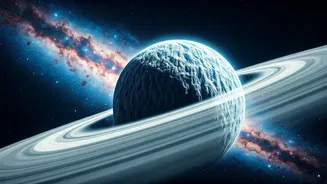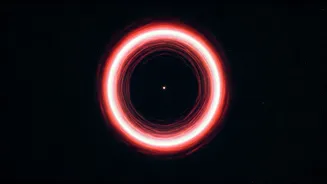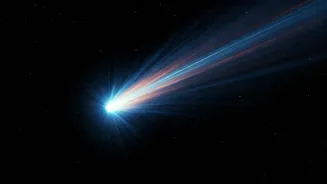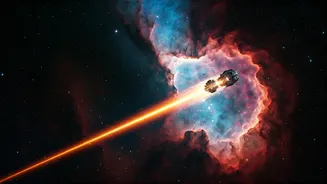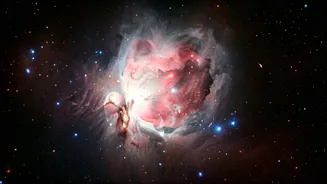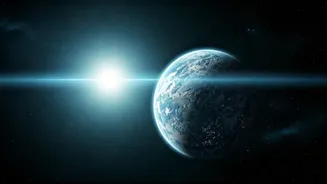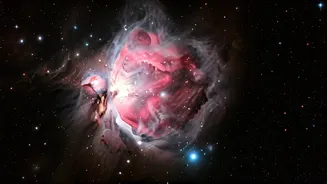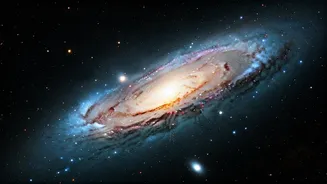Unveiling Ring Formation
This discovery provides critical data about the way these cosmic rings materialize and change over time. By carefully studying Chiron's rings, astronomers
can learn more about how dust and other small particles come together to form these beautiful yet complex structures. This finding helps astronomers understand how such systems develop. The processes behind ring formations are not fully understood, but observations like this provide valuable pieces of the puzzle. Chiron, as an object, is unique in its own right, and the ring formation offers a chance to study its atmosphere. Further observations will enable scientists to understand the underlying physical dynamics of these celestial objects. Studying this ring formation will provide a more comprehensive picture of the evolutionary pathway of various ring systems throughout the cosmos.
Significance of the Find
The observation has considerable importance in the larger field of astronomy, contributing to our overall understanding of how celestial bodies develop and interact. The discovery adds to the growing pool of knowledge concerning the different types of cosmic structures that are out there in the vast universe. It allows astronomers to formulate better hypotheses and refine the existing models about the formation and evolution of ring systems. Furthermore, studying Chiron’s rings helps researchers grasp the various factors that influence the composition, size, and structure of these systems. The data obtained from this study will be a resource to compare and contrast various ring formations found in other parts of the universe. This comparison will help in understanding the formation and behaviors of diverse ring systems that exist in the cosmos. The research findings encourage future investigations, paving the way for advanced discoveries that can greatly enhance our knowledge of the universe.
Future Research Prospects
This finding opens new avenues of exploration for astronomers. Future observations could involve detailed studies of the rings’ composition, their precise structure, and any changes they undergo over time. Such investigations would employ sophisticated instruments and analytical techniques. This can help researchers to improve the current models that are used to predict ring formations. In addition, scientists might also try to find other icy objects that may also possess similar ring systems, therefore enhancing our understanding of this phenomenon across the universe. These insights could reveal how the rings interact with Chiron, helping to understand its surface composition and environment. By continuing to explore these systems, astronomers may identify and learn about processes that are yet unknown. This continuous search can lead to advancements in our understanding of the universe.
